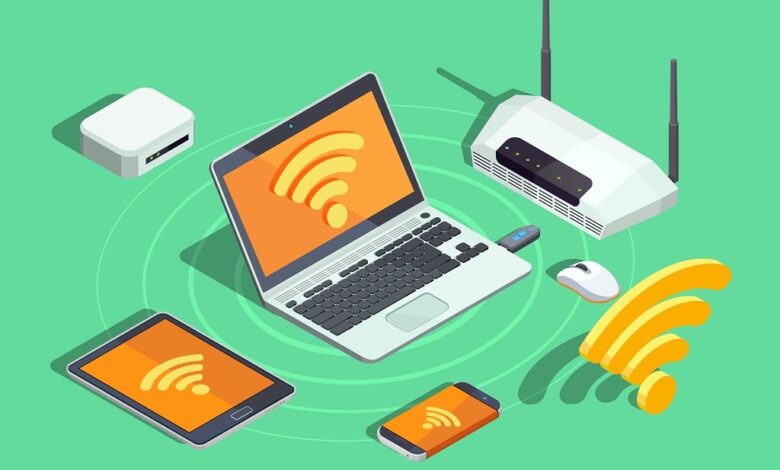
Edge applications are increasingly involved in processing data and analytics, using the machine-learning (ML) algorithm that helps internet of things (IoT) devices to make quick decisions and deliver reliable quasi-autonomous services.
Edge devices for IoT require a lot of computing power to meet these demanding demands. Michela Menting, cybersecurity applications research director at ABI Research, shares strategies to enhance the security of IoT edge processors on devices.
Since edge computing may be a source of sensitive information (regulated commercial, proprietary, etc. ), edge devices must be equipped with security features that can provide adequate security.
3 Ways to Ensure Security for IoT Edge Device Processors

An extremely high degree of security is needed to ensure that edge computing platforms operate securely and are sufficiently protected from malicious actors.
#1. Leveraging MCUs and MPUs
There are many methods to secure edge devices and their functions. A hardware-based approach to security is generally preferred over a solely software-based approach.
The benefit of IoT devices is that they are equipped with sufficient processing capabilities and memory to handle high-level security procedures reasonably quickly.
IoT devices come with varying levels of processing power. Low-power devices tend to employ microcontrollers (MCUs), and devices with more computing power typically use microprocessors (MPUs) instead.
Today, a growing variety of IoT devices utilize the MCU and MPU in a hybrid form. For IoT edges, MPUs are favored for high-performance computing applications.
A wide range of security options is available in the MPU market since many of the technologies derived from general mobile and computing ecosystems can be readily adaptable for IoT Edge devices.
Trusted execution environments (TEE) specifically is a well-established and widely-used technology for smartphones and has been used for over a decade to secure the security of payment and content applications.
Because edge devices have similar computing capabilities to smartphones, TEEs can find an appropriate market addressable inside the IoT edge ecosystem and, more importantly, beyond it, to an edge in the cloud.
The security features available at the firmware and silicon level in devices with edge capabilities can be varied.
With Secure hardware (e.g., an embedded security element or module), an element of trust is incorporated into the device, thereby providing an anchor of trust that can extend from silicon to the cloud.
They offer a secure computing base on which various security features can be activated by booting the device, running secure software on a secure OS (OS) and enabling secure lifecycle management for the device, and connecting to cloud services ancillary as well as back-end systems.
#2. Processor-based Security Strategies
Security features based on processors are typically enabled by integrating security IP blocks.
These could include programmable root trust cores and physically not clonable functionalities (PUFs) as well as Random Number Generators (RNGs) and unique IDs secure sockets layer (SSL)/transport layer security (TLS) support encryption, secure enclaves, and cryptographic blocks.
This variety of services at the processing level is the result of a vibrant vendor ecosystem that is focused on providing security and trust for the edges of the IoT market, which has a myriad of participants from the embedded mobile, computing, and sectors involved (see this table) and resulting in a highly competitive market.
Sure, there are commercial solutions; however, an emerging and lively open-source movement is developing, with particular projects like OpenTitan and the RISC-V.
The greater variety available of security options for MPUs could help IoT Original Equipment Manufacturers (OEMs) to build robust and reliable applications and OSs and to secure connections to cloud services.
Many semiconductor manufacturers today provide plug-and-play solutions to cloud IoT platforms in their development tools.
The top hyper scalers offer security services to manage IoT edge devices, for instance, Microsoft Azure IoT Edge with Security Manager, Google Cloud IoT Core with Device Security, AWS IoT Edge with Machine Defender, and IBM Watson IoT with Edge Application Manager.
These platforms permit registration and provisioning of devices with IDs, authentication to cloud services to enable onboarding, and creating access and security policies that will ultimately be the secure lifecycle management for IoT devices. IoT devices.
Nowadays, devices with secure processors can be adapted to various uses in various sectors in which security is a crucial need, from industrial to automotive to savvy consumers and home.
Essential requirements are applications that use vision (especially in the automotive industry; however, they are also valuable for intelligent cities and public spaces) to guard the algorithms running within the industrial equipment to safeguard physically-based processes and also in consumer applications, ranging including intelligent home appliances and wearable devices (including medical devices)) to protect privacy.
One of the factors contributing to the growth of security technology for IoT Edge devices is the increasing body of regulations, policies, and standards.
They also increase market development around security-related device manufacturing and lifecycle management. It isn’t just ensuring that the devices are safe to use but that they provide secure computing to safeguard information and ensure security on the IoT edge.
#3. Holistic Hardware-software-network Approach
IoT edge security isn’t only available from a hardware standpoint. There are many security solutions on the network, software as well as cloud level that offer essential security. However, developing an ecosystem of trust is more difficult without including some hardware-based security in devices.
With the market for secure processors developing, cost and complexity are decreasing, and these technologies are more affordable and easy to integrate into a wider variety of applications.
Standards and regulations create an environment that facilitates integration and adoption. The market for secure processors in IoT edge is a market that is increasing and will bring immense innovation into the market.



